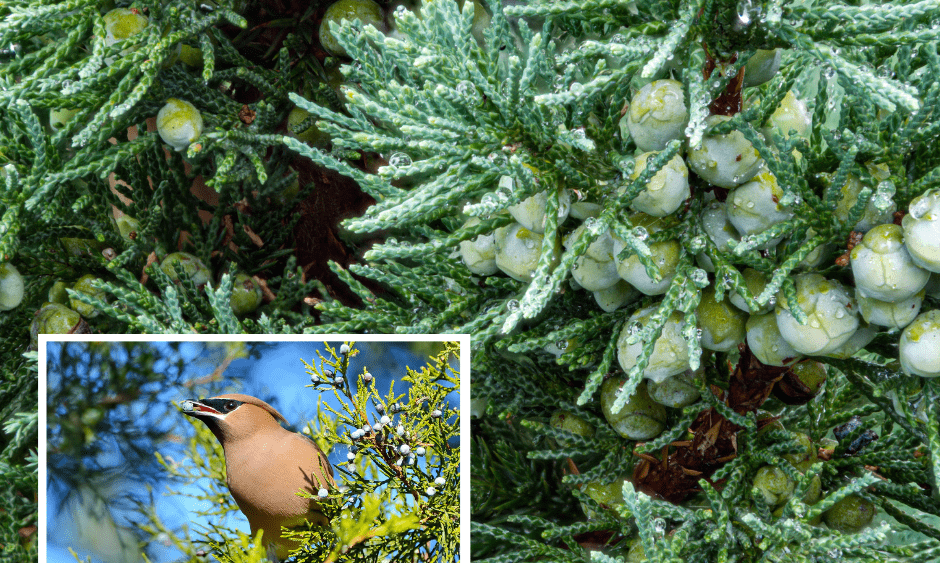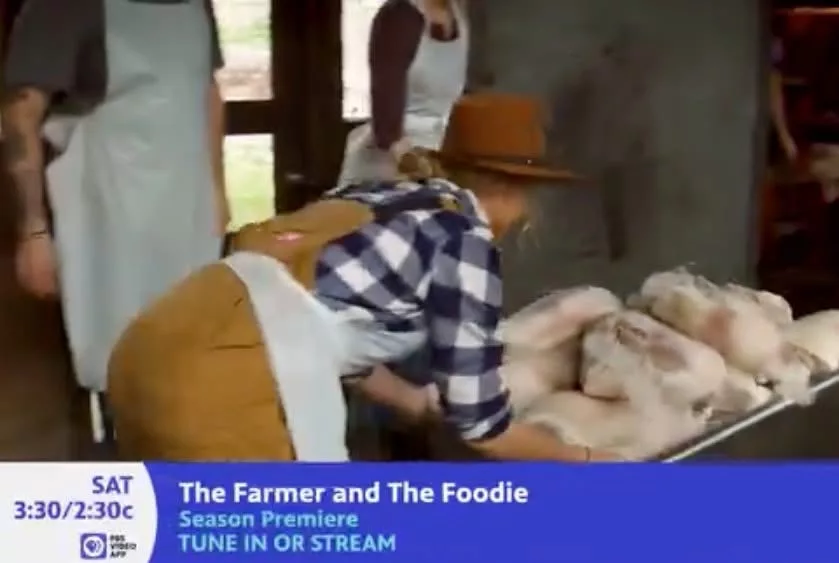The Eastern Redcedar, Juniperus virginiana, is a tree that you cannot miss, even if you tried. Its wide native range from Ontario and Quebec to mid-Florida and west to North Dakota and Texas makes it the most widely distributed conifer in the eastern U.S. This broad reach of Eastern Redcedar clearly indicates its ability to grow under varying and extreme climatic conditions.

The fact you often see this tree clinging to dry rocky outcroppings or in a ditch line tells us it is not very finicky about its soil either. Like most trees, Easter Redcedar grows best on deep, moist, well-drained sites. It is on those sites where it can reach its full potential of about 60 feet tall in 50 years. It is also very adaptable to soil pH capable of growing in 4.7 to 7.8 pH levels. In fact, where the trees are found in large glades, the soil pH is usually neutral or slightly alkaline due to the high level of calcium in the tree’s needles. This is different than most other evergreens that prefer and often require an acidic soil.
The Eastern Redcedar’s needles are prickly scale-like overlapping needles closely pressed to the stem. In the summer they are a medium green color but may take on a bronze cast during the cold months. Its trunk is an attractive reddish-brown color always with long shredded strips of bark. Branches have the characteristic cedar scent. As the tree matures, the trunk becomes noticeably tapered and fluted at the base, an attractive quality.
Bluish-black waxy “berries” (actually naked cones) appear on mature trees in October and November and are relished by wildlife. Waxwings, bobwhite quail, raccoons, skunks, and opossums are among the many animals who seek a good meal from the redcedar fruit. Many birds also make the nests and roosting sites in the shelter of this tree.

Historically, this tree offered many medicinal uses to Native Americans who used the fruit, needles, and even the bark. Chippewa Indians used the bark as bedding material and the inner bark as a source of red dye. Many folk remedies also utilized the fruit and needles of the Eastern Redcedar to cure everything from arthritis to bronchitis. In a 1970 Journal of Economic Botany article by Hemmerly, redcedar was noted as being used for fence posts, furniture, cedar oil, ornamental plantings, Christmas trees, souvenirs, kindling, shavings, pencils, and much more.
As a species, in the landscape it may reach 30 to 45 feet tall by 15 to 30 feet wide, but it is usually smaller than this. It is easily transplanted but does need a full sun site. Use of the species is best suited for large lots as windbreaks or screens. However, there are many cultivars that would make outstanding additions as specimen trees, mass plantings, and foundation plants in any sized landscape.
The following are just a few:
Taylor Juniper (J. virginiana ‘Taylor’) – A new cultivar from Monrovia that is perfect for screens or hedges. ‘Taylor’ grows to 30 feet but is very narrow, only 3’ wide and bound to be the perfect plant for those tight spaces, privacy fences, or anywhere you need an upright drought-tolerant conifer.
Grey Owl Juniper (J. virginiana ‘Grey Owl’) – Here’s a great example of where finding the right cultivar makes all the difference. Although the species grows fairly tall, ‘Grey Owl’ is a low spreading form growing only 3 feet tall and 6 feet wide. Its arching soft, silvery-gray needles is effective as a tall groundcover when planted in mass.
Hillspire Juniper (J. virginiana ‘Cupressifolia’) – If you are tired of Arborvitae and Foster Holly, this juniper can give you some variety. ‘Hillspire’ is a pyramidal juniper reaching 15 feet tall and 8 feet wide. It is great for screens, framing a home’s corners, or really anywhere you need a vertical accent or a plant that blends with naturalistic landscapes.
A few other redcedars worth researching include ‘Burkii’, ‘Canaertii’, ‘Emerald Sentinel’, ‘Glauca’, ‘Pendula’ and ‘Blue Mountain’.
Major pests of this tree are limited but should be mentioned. Bagworm and spider mites are two insect pests they may need to be managed. Cedar-apple rust and tip blights can also cause some damage. Cedar-apple rust is especially worth noting as this disease cycles between cedar and apple, crabapples, and hawthorn. The later usually fair much worse than the cedar. If your landscape goals include an apple orchard, redcedar may not be the plant for you.
Eastern Redcedar may be a common fencerow tree but it deserves a better position for its beauty and durability. The vast number of cultivars ensures there is one that will fit most any landscape.
— Kelly Jackson, Christian County Extension Agent






